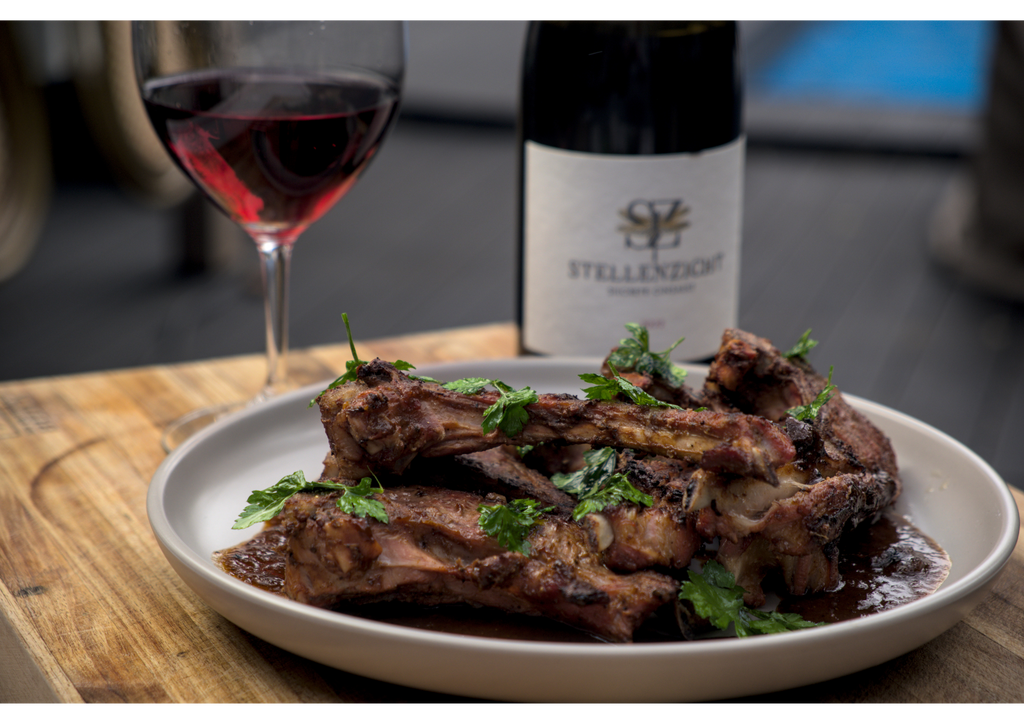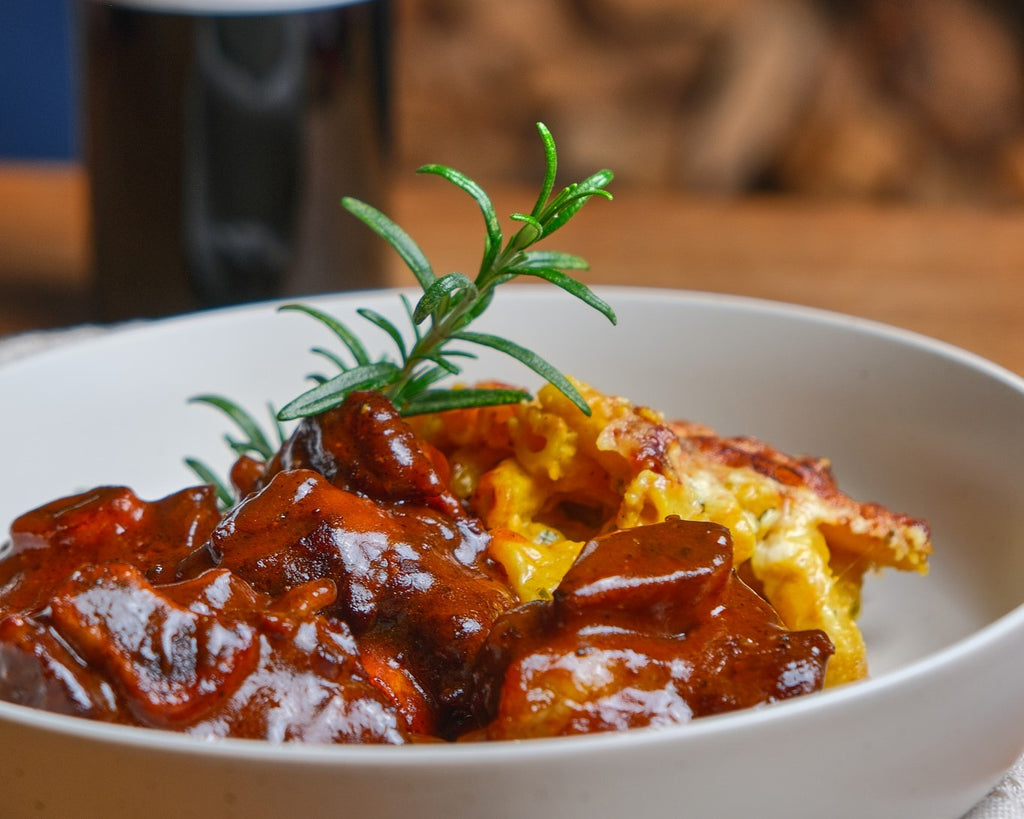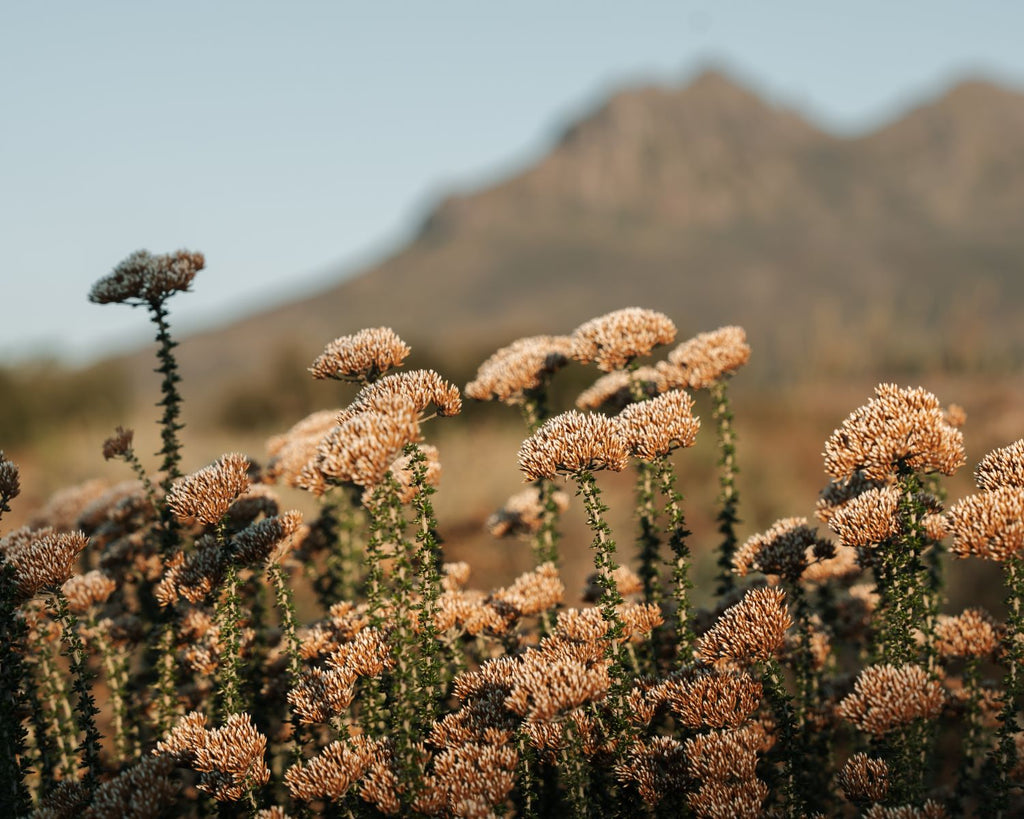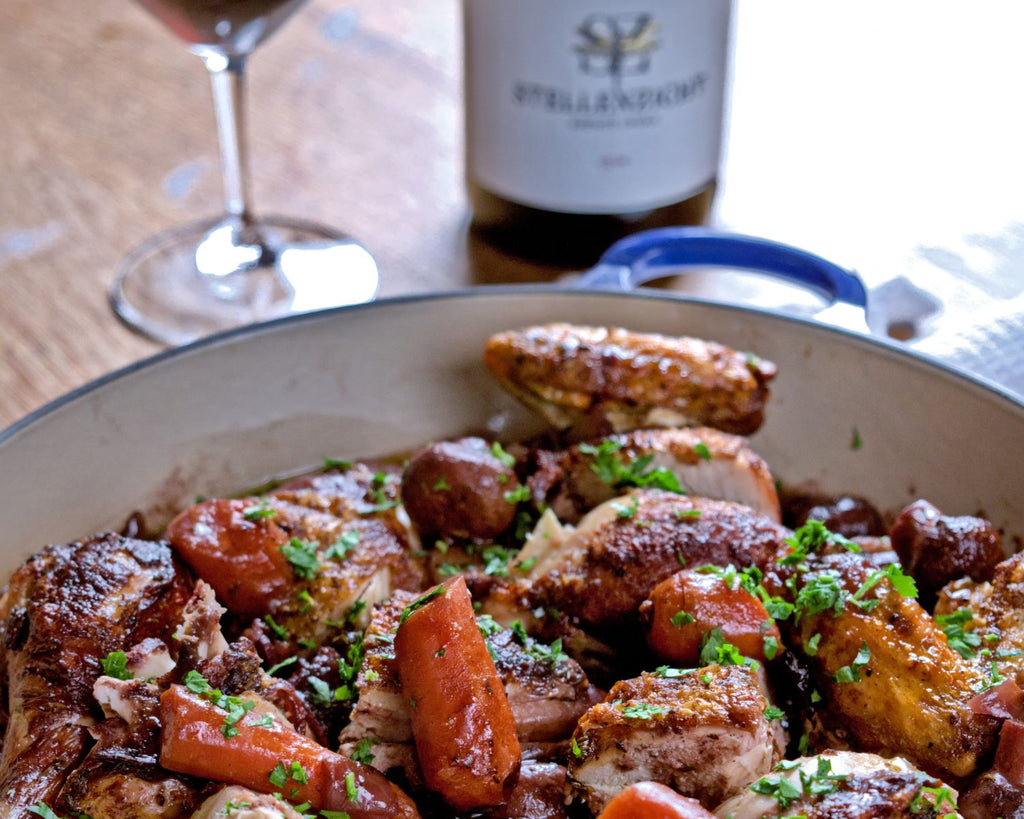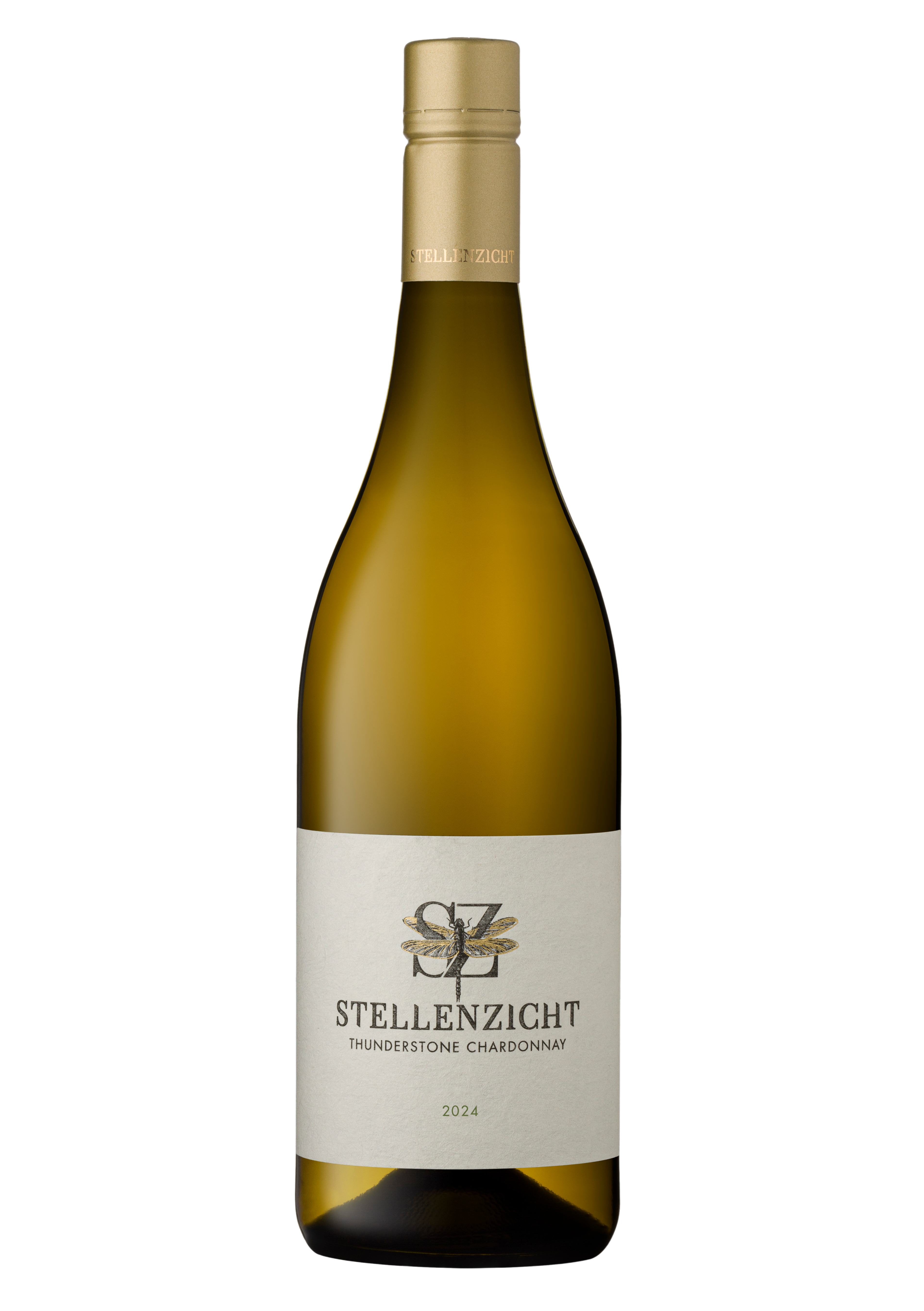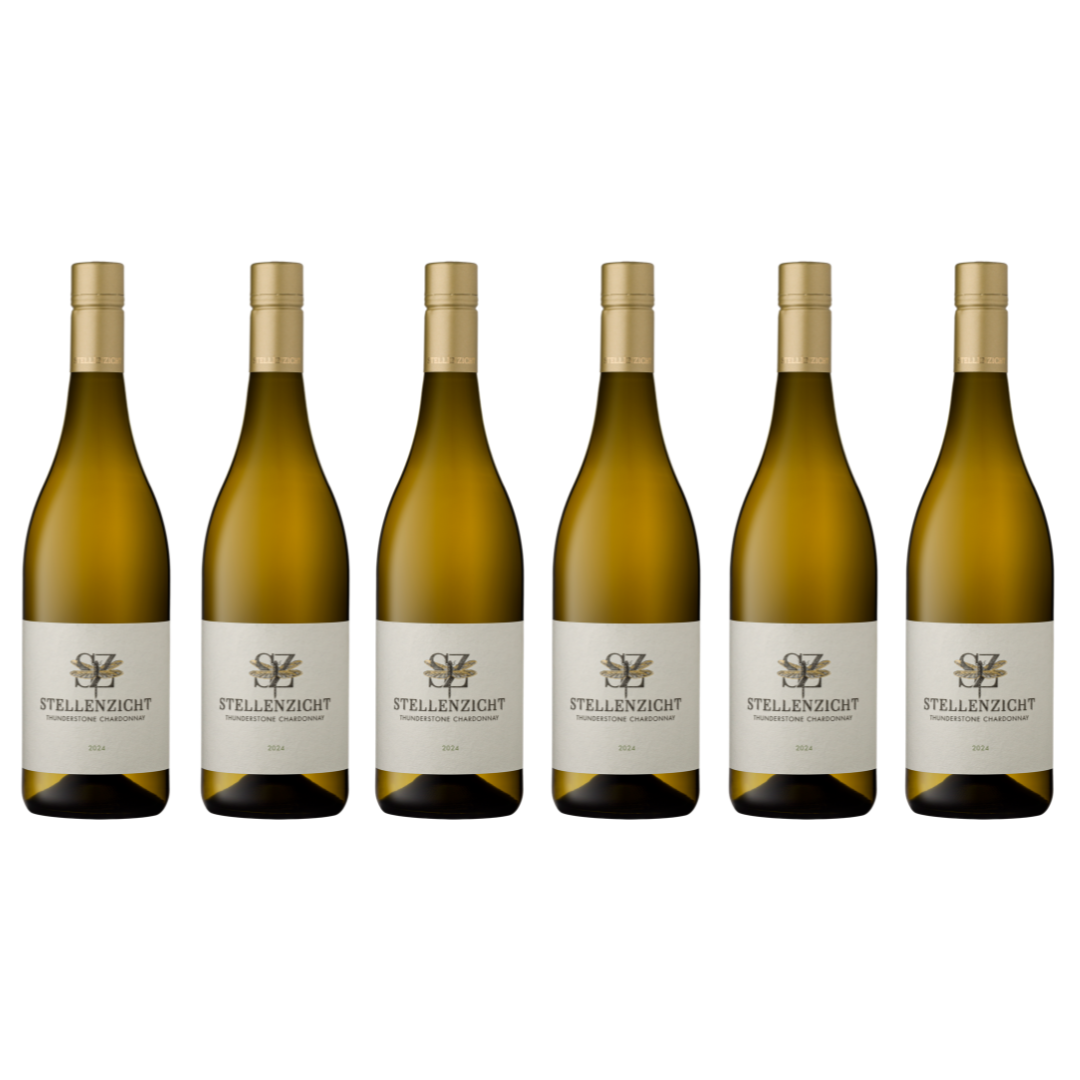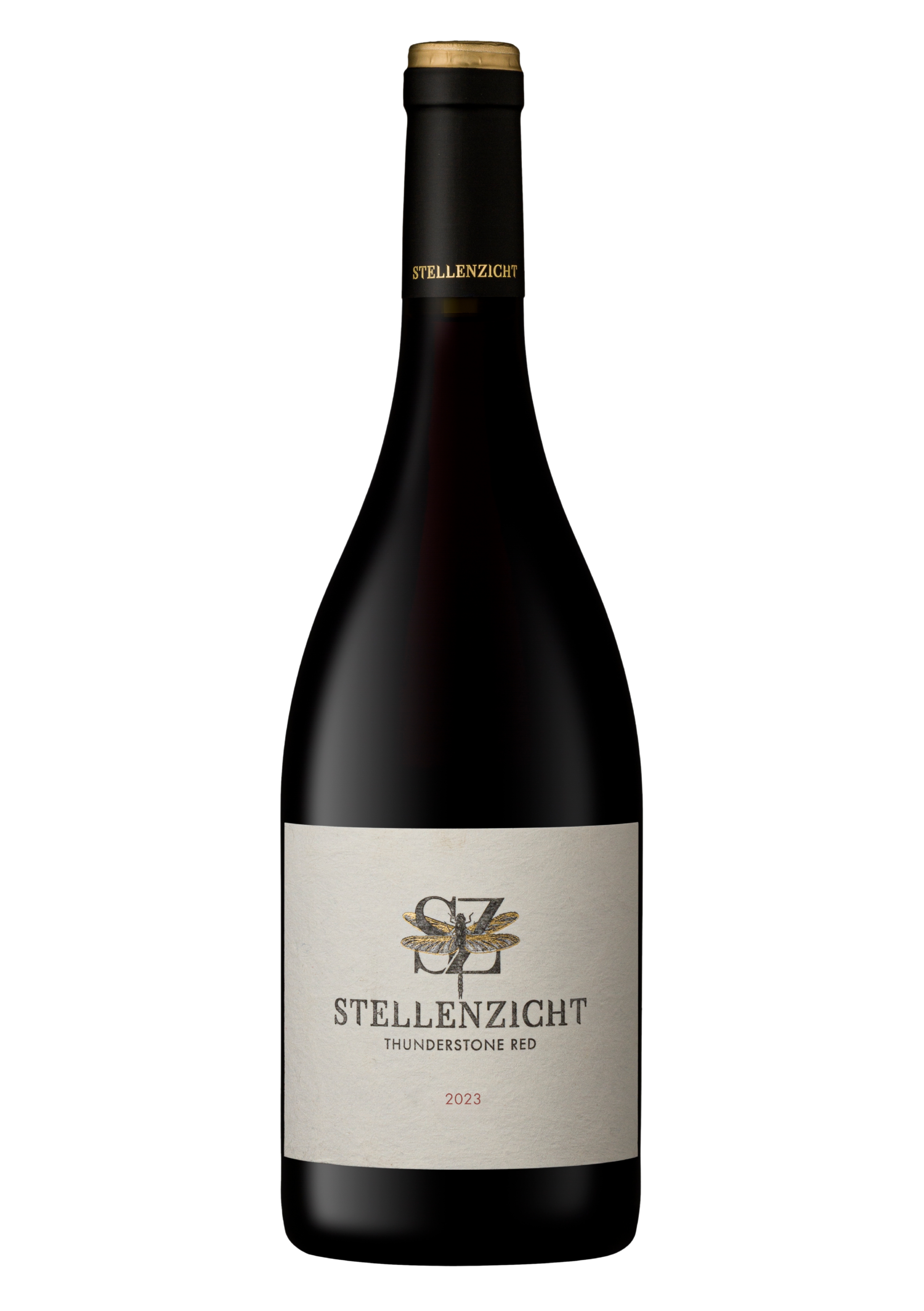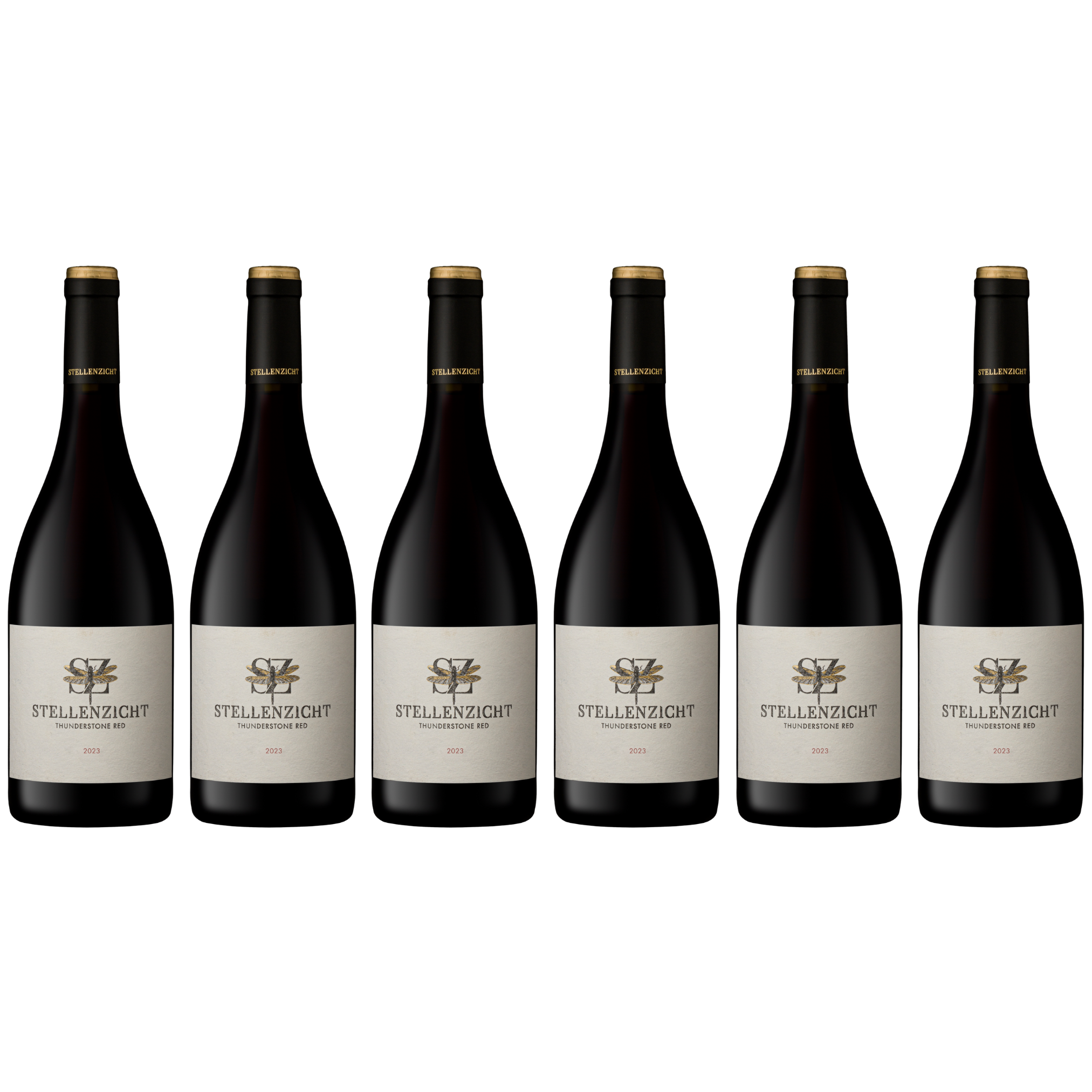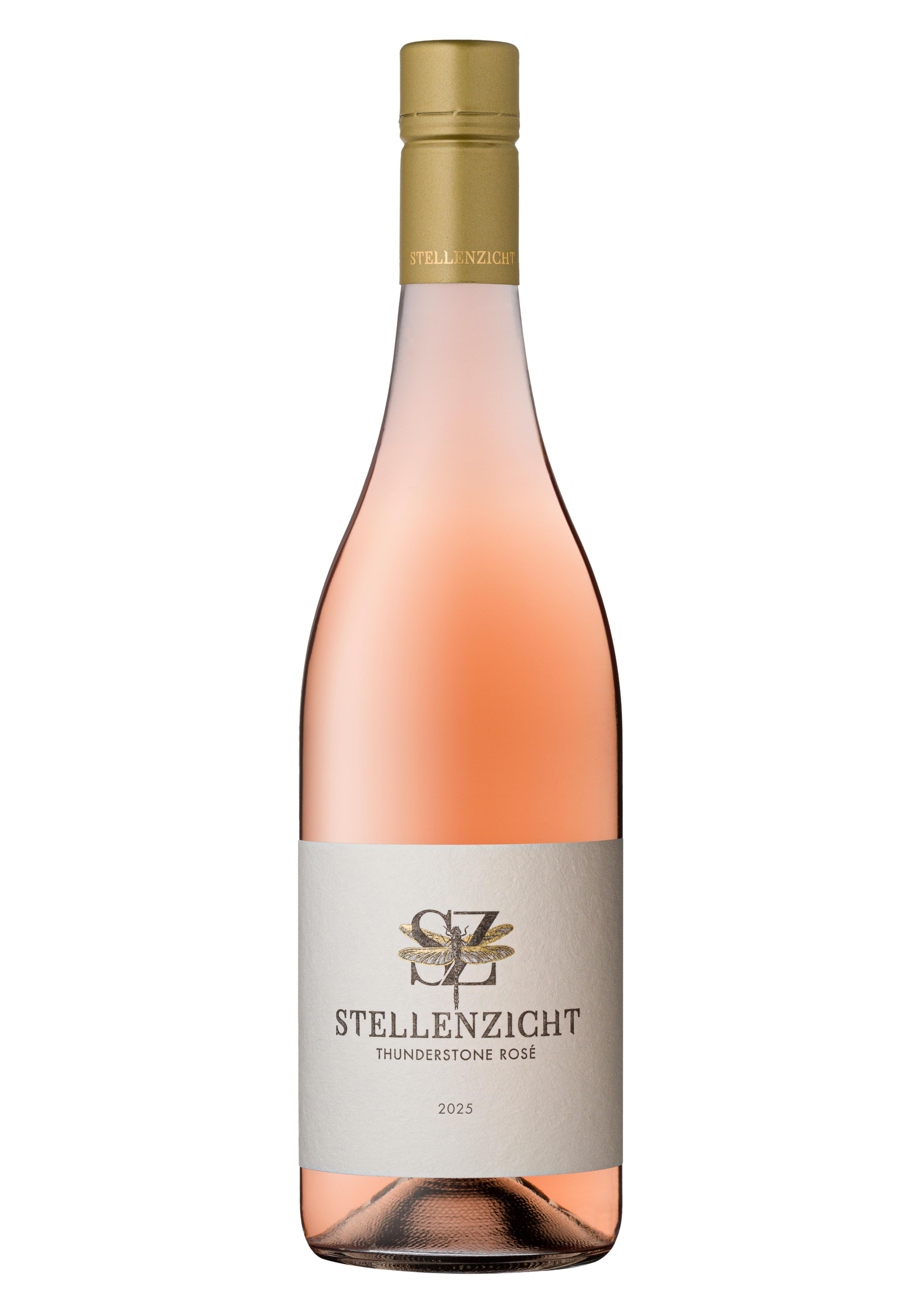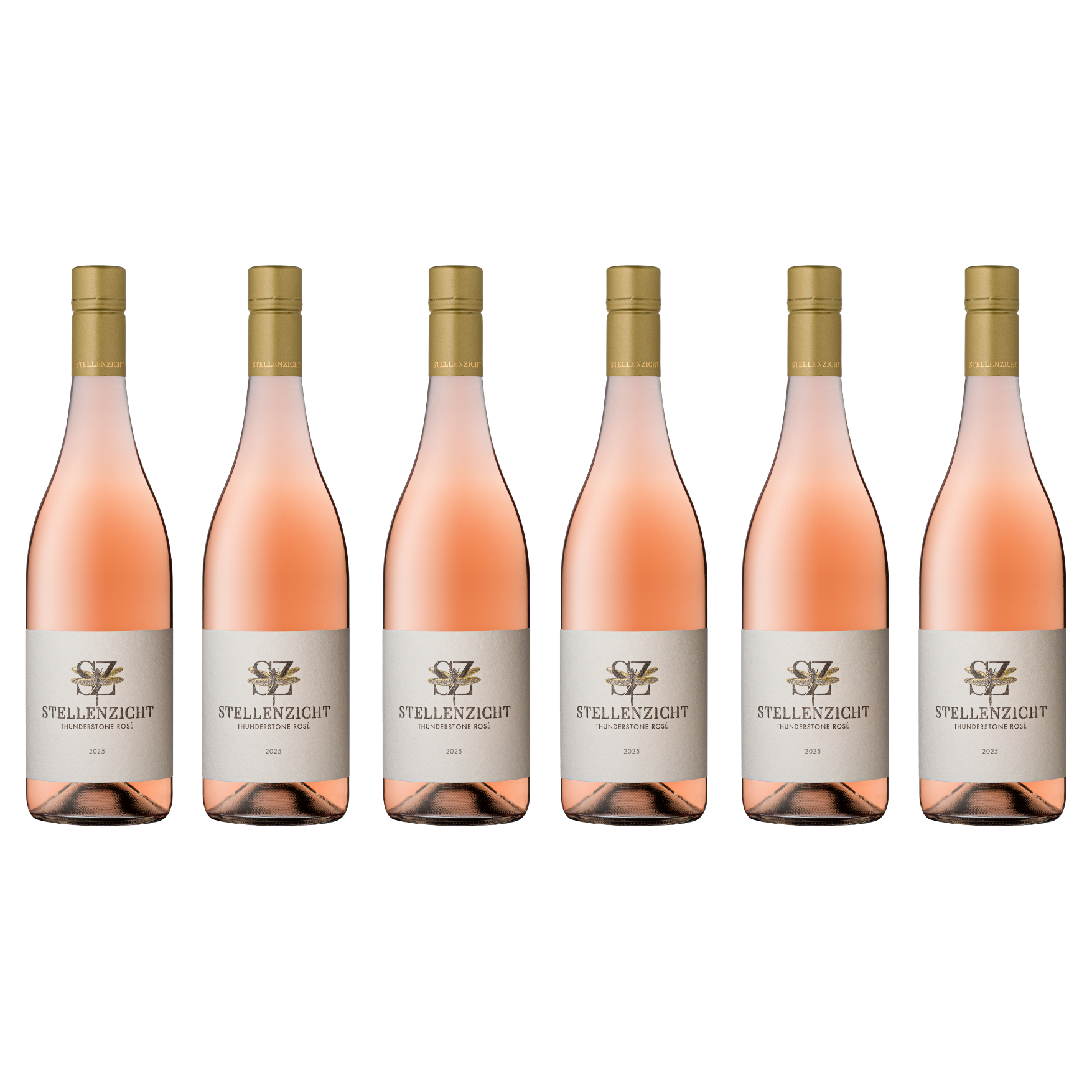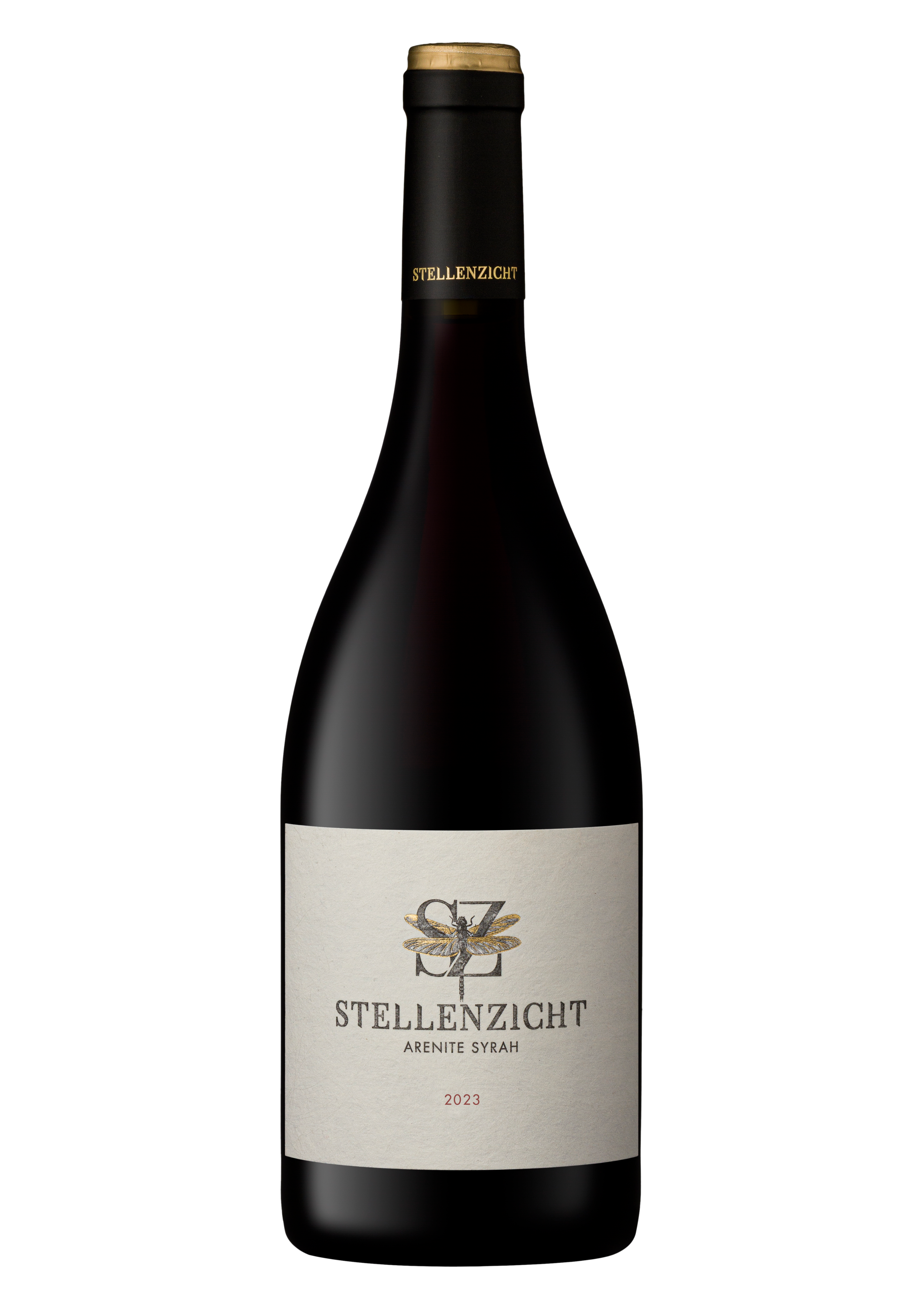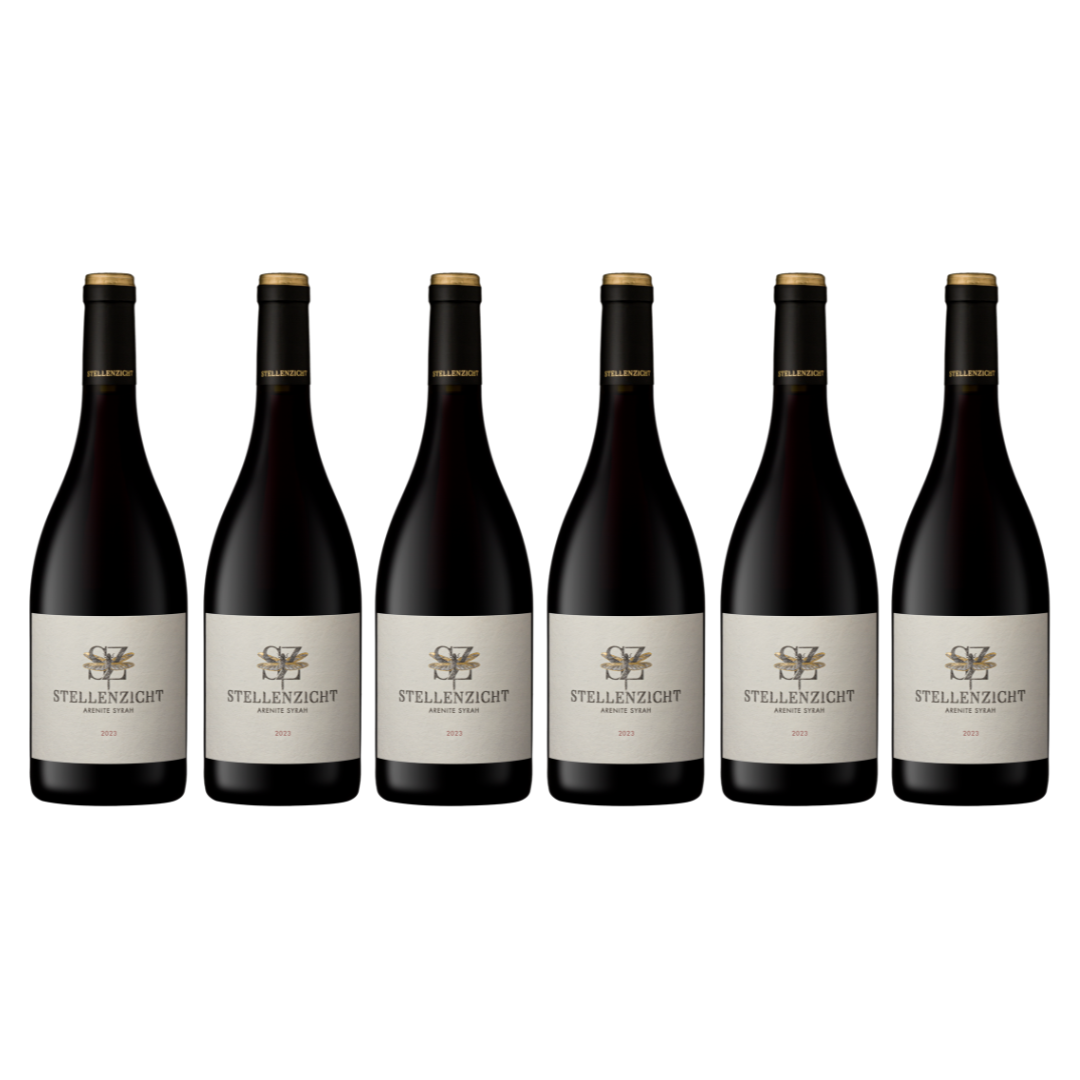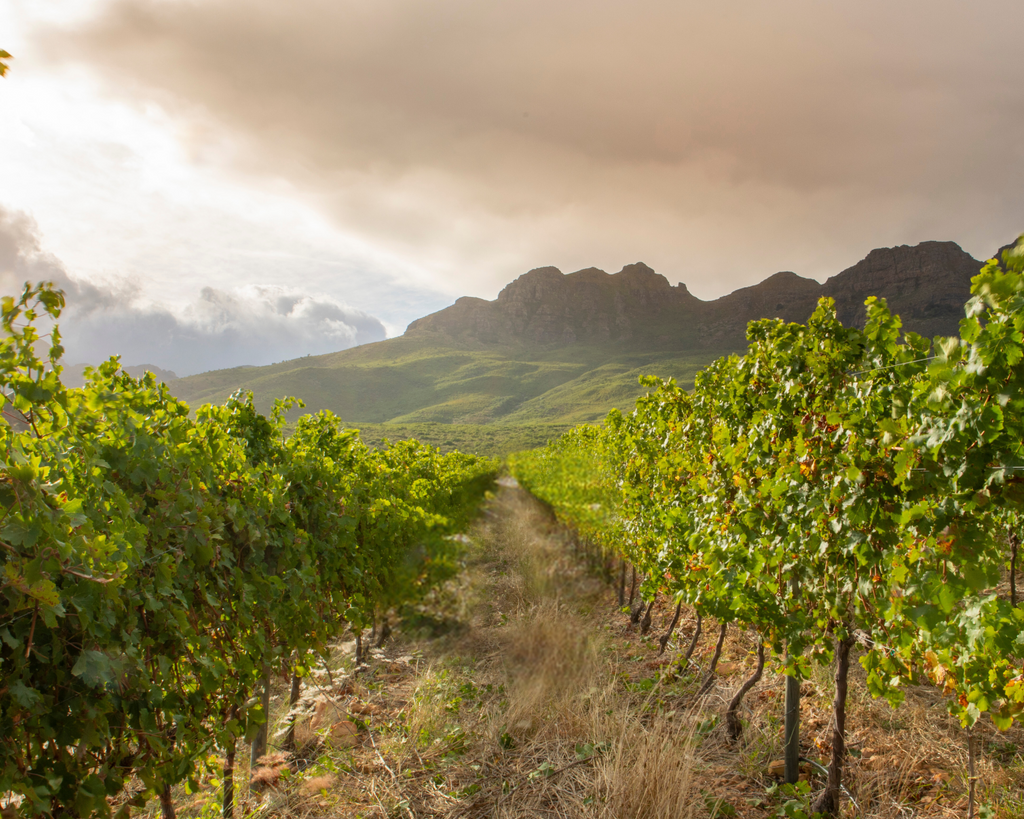
How Stellenzicht Grows Healthy Vineyards

When it comes to cultivating healthy vineyards in Stellenbosch, South Africa, there are several key factors to consider in order to achieve optimal growth and grape quality. With the right techniques and practices, Stellenzicht ensures a successful harvest year after year.

Understanding the Climate and Soil Composition
Stellenbosch is known for its Mediterranean climate, characterised by hot, dry summers and mild, wet winters. This unique climate provides the ideal conditions for growing a variety of grape varietals. Additionally, the region's diverse soil composition, which includes granite, shale, and sandstone, contributes to the complexity and depth of the wines produced in Stellenbosch.
Implementing Sustainable Farming Practices
Stellenzicht has truly embraced sustainable farming practices to minimise the environmental impact and promote long-term vineyard health. This includes practices such as regenerative farming, cover cropping, and integrated pest management. By prioritising sustainability, Stellenzicht can ensure the health of our vines and the surrounding ecosystem.
Sustainable Practices In The Stellenzicht Vineyard
- Lush fynbos gardens that promote a balanced ecosystem and allow native flora to thrive
- Intercropping. Planting rows of fynbos in between the grapevines naturally helps with many elements of growing healthy vines: moisture retention, less soil erosion, and minimising the movement of insects through the vineyard.
- Free roaming guinea fowl control vineyard pests and keep their numbers to a minimum.
- A happy herd of cattle live on the Stellenzicht farm. Cattle take part in regenerative grazing. Regenerative grazing repairs, rebuilds, revitalise and restores our ecosystems.
- Creating and managing a compost heap. Stellenzicht makes compost using wine filter wastes, together with grape and vineyard materials. Compost provides nutrients for plant growth, increases soil organic matter and mitigates soil erosion.
- Continuously planting flora native to the land so that water is managed efficiently
- Propagating multiple fynbos species from the Helderberg mountain back onto the Stellenzicht farm and surrounds. This reduces erosion, encourages wildlife to thrive and reestablishes a healthy eco-system.
- The Wine Pod (the Stellenzicht Tasting Center) itself is an eco-structure with 80% of its materials being recyclable and self-insulating. It is also perched on crow's feet, meaning that no foundation was built which normally displaces large amounts of wildlife and kills surrounding plant life.

The Stellenzicht Solar Panel Farm
- Small cats such as caracals can thrive in agricultural landscapes like the Stellenzicht farm. They can significantly aid farmers by reducing rodent populations, play a key role in maintaining ecosystem health by controlling other small mammal populations and are also potentially important indicators of ecosystem health. Conservationists believe small cat species could make ideal candidates for both conservation and restoration in the global push for the rewilding of nature.
- Ruminants like African Antelope roam freely through the farm and vineyards reducing our weed population, fertilising the vineyard which reduces the number of tractor passes and lessens soil compaction. All this translates into lower costs and reduced environmental impacts down the road.

Utilising Modern Technology and Innovation
Advancements in technology have revolutionised the way vineyards are managed and maintained. From precision viticulture tools that monitor soil moisture levels to drone technology that provides aerial views of the vineyard, modern innovations can help us make informed decisions and optimise our grape production.

Investing in Quality Viticulture Practices


